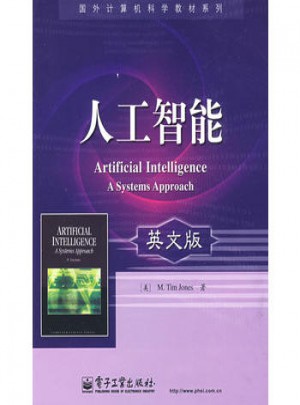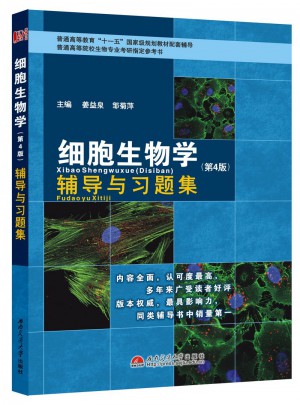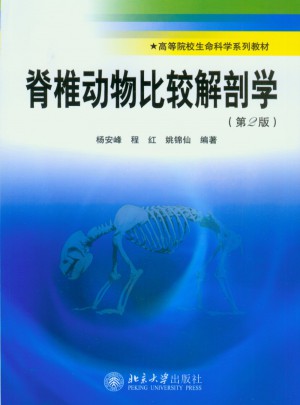Chapter 1 The History of AI
What is Intelligence?
The Search for Mechanical Intelligence
The Very Early Days (the early 1950s)
Artificial Intelligence Emerges as a Field
AI's Winter
AI Re-emerges
AI Inter-Disciplinary R&D
Systems Approach
Overview of this Book
Chapter Summary
References
Resources
Exercises
Chapter 2 Uninformed Search
Search and AI
Classes of Search
General State Space Search
Trees, Graphs, and Representation
Uninformed Search
Improvements
Algorithm Advantages
Chapter Summary
Algorithms Summary
References
Exercises
Chapter 3 Informed Search
Informed Search
Best-First Search (Best-FS)
A Search
Hill-Climbing Search
Simulated Annealing (SA)
Tabu Search
Constraint Satisfaction Problems (CSP)
Constraint Satisfaction Algorithms
Chapter Summary
Algorithms Summary
References
Resources
Exercises
Chapter 4 AI and Games
Two-Player Games
The Minimax Algorithm
Classical Game AI
Video Game AI
Chapter Summary
References
Resources
Exercises
Chapter 5 Knowledge Representation
Introduction
Types of Knowledge
The Role of Knowledge
Semantic Networks
Frames
Propositional Logic
First-Order Logic (Predicate Logic)
Semantic Web
Computational Knowledge Discovery
Ontology
Communication of Knowledge
Chapter Summary
References
Resources
Exercises
Chapter 6 Machine Learning
Machine-Learning Algorithms
Chapter Summary
Resources
Exercises
Chapter 7 Evolutionary Computation
Short History of Evolutionary Computation
Biological Motivation
……
Chapter 8 Neural Networks I
Chapter 9 Neural Networks II
Chapter 10 Robotics and AI
Chapter 11 Intelligent Agents
Chapter 12 Biologically Inspired and Hybrid Models
Chapter 13 The Languages of AI










